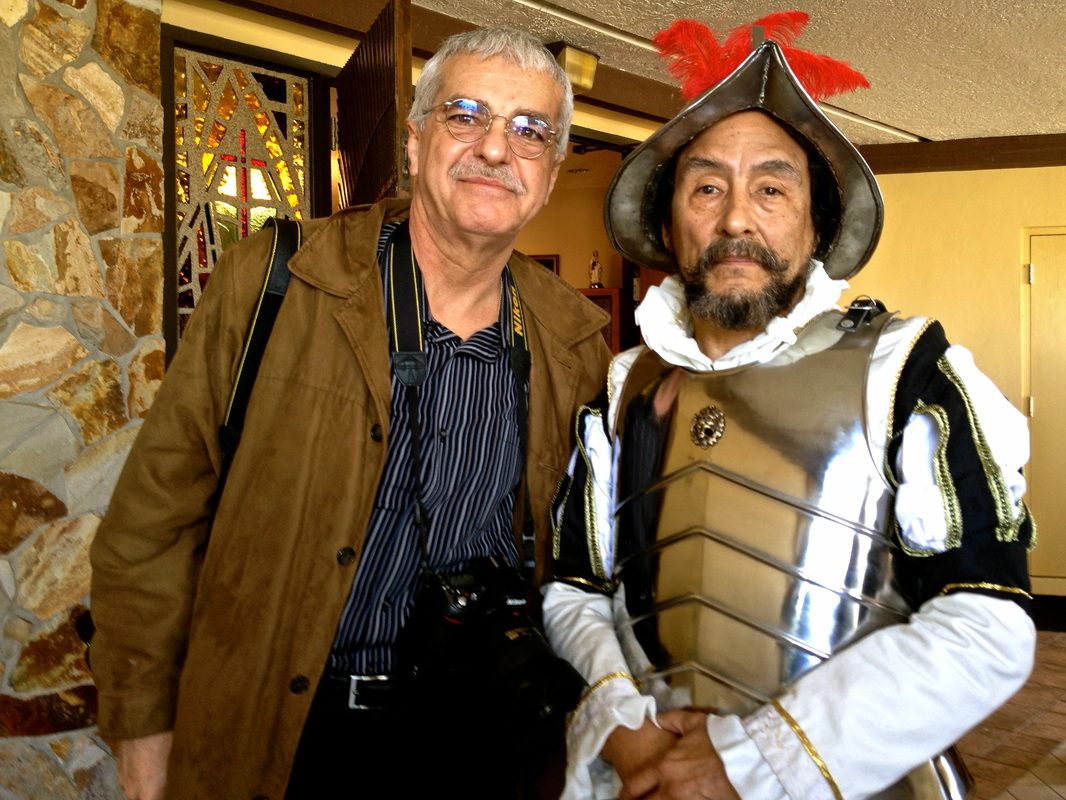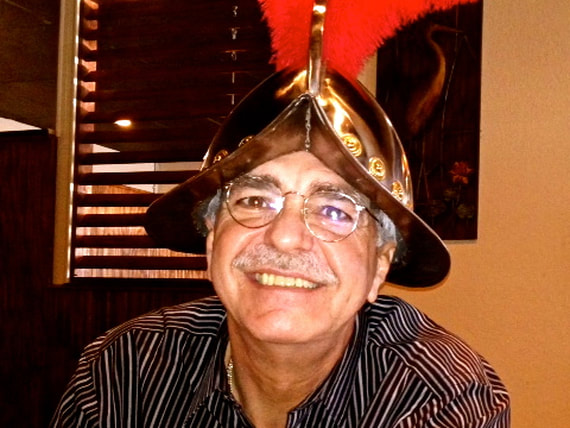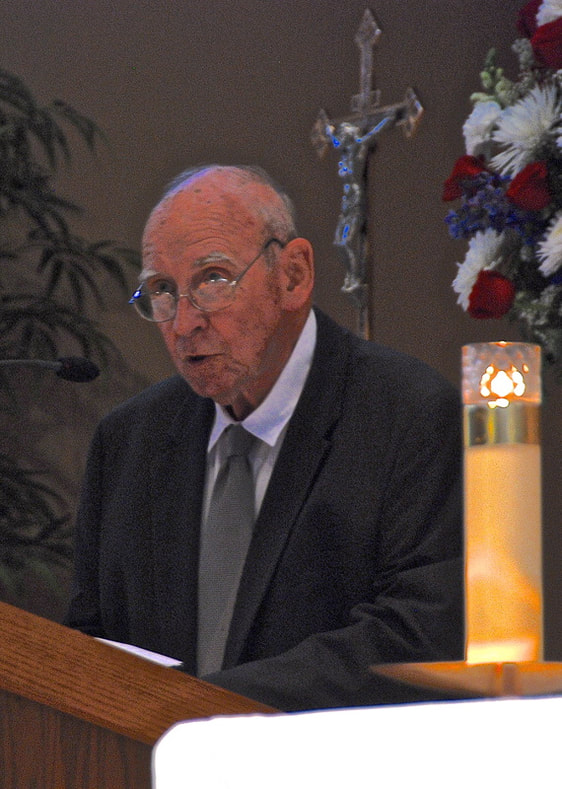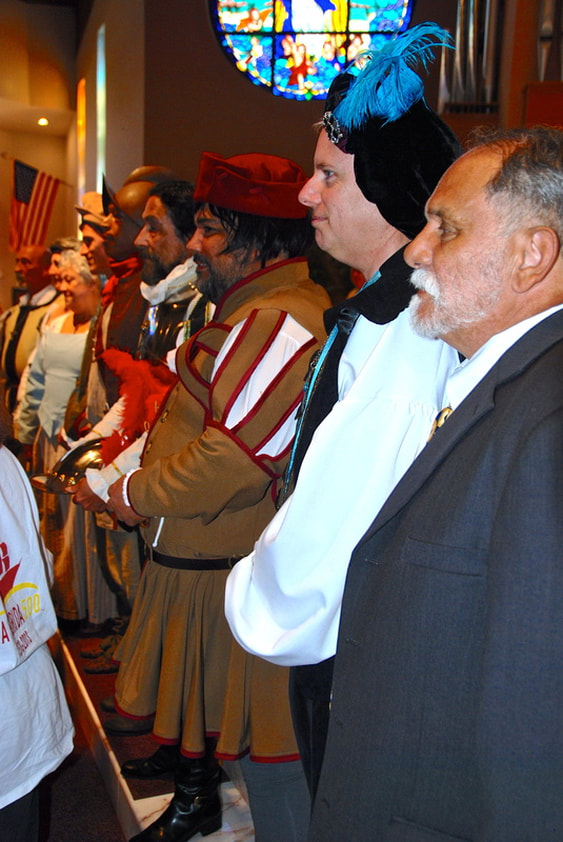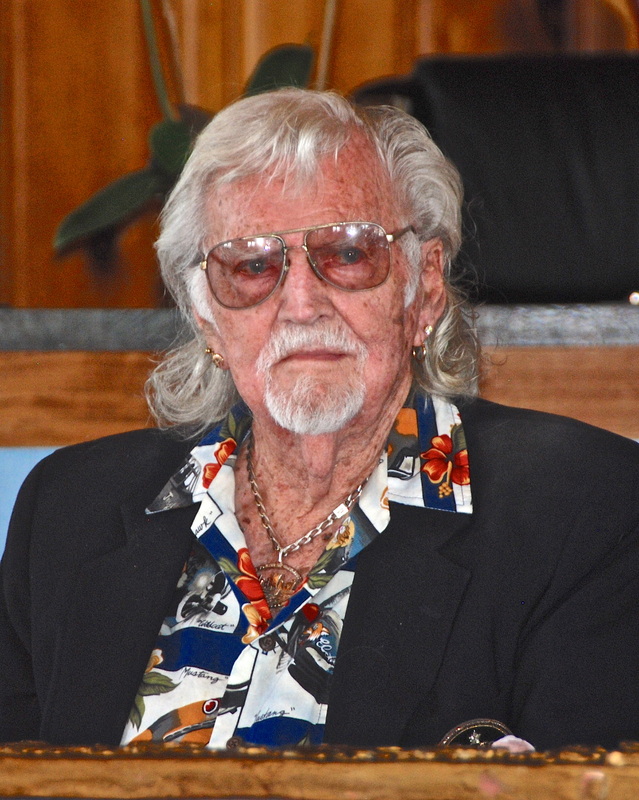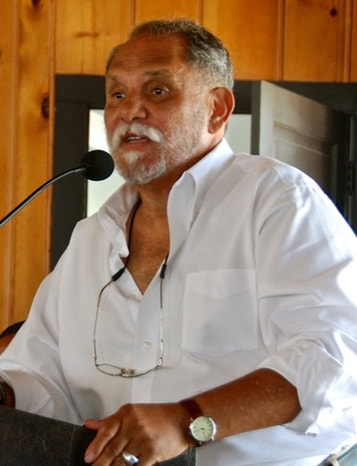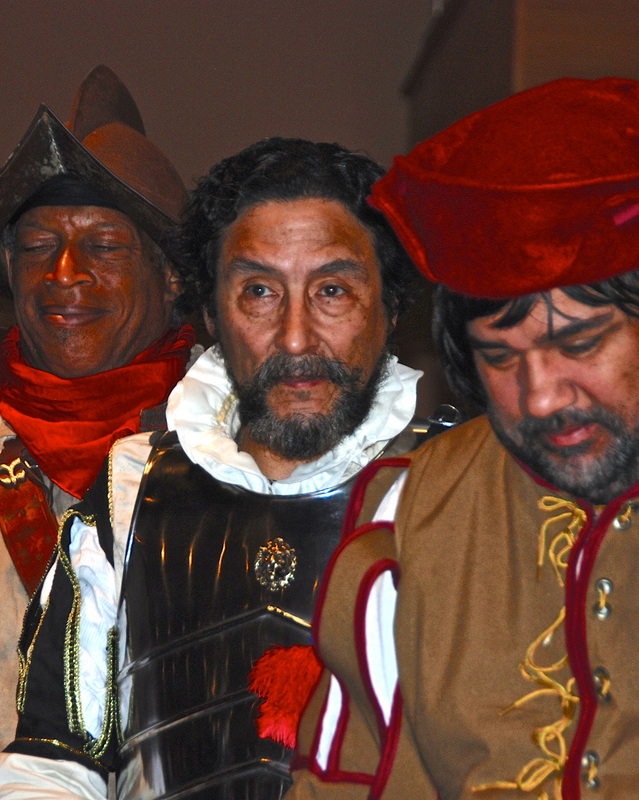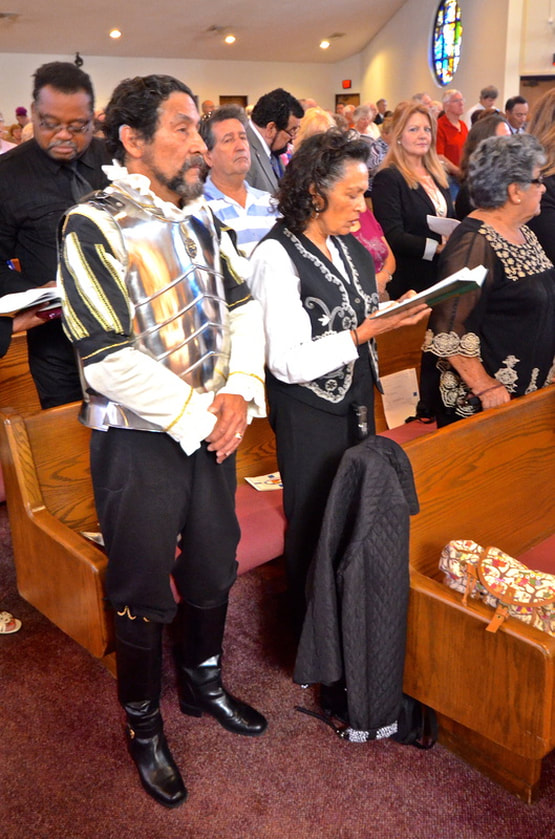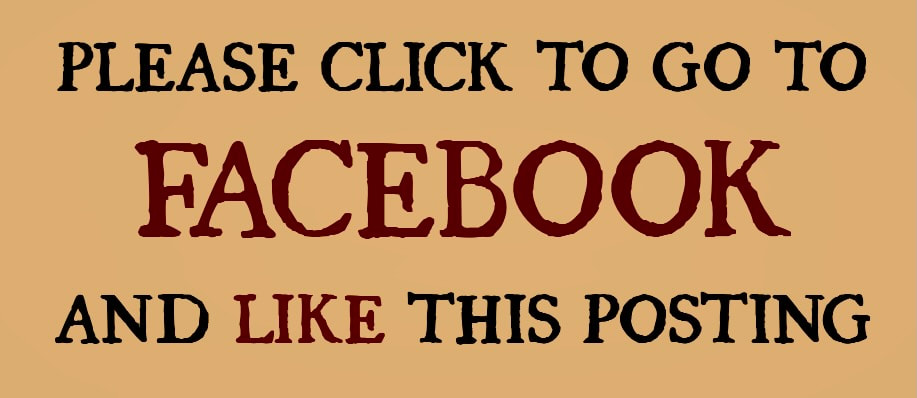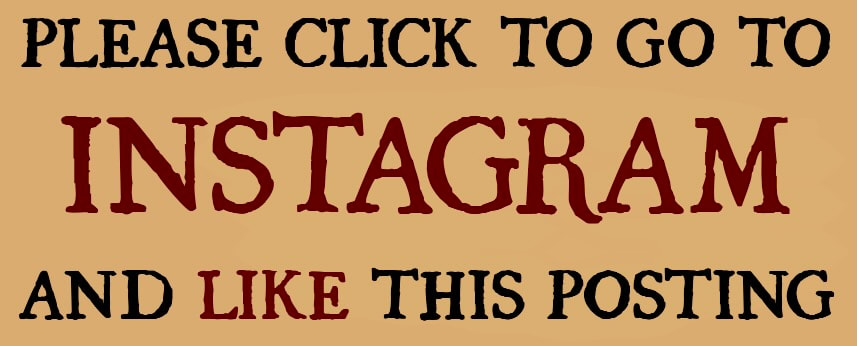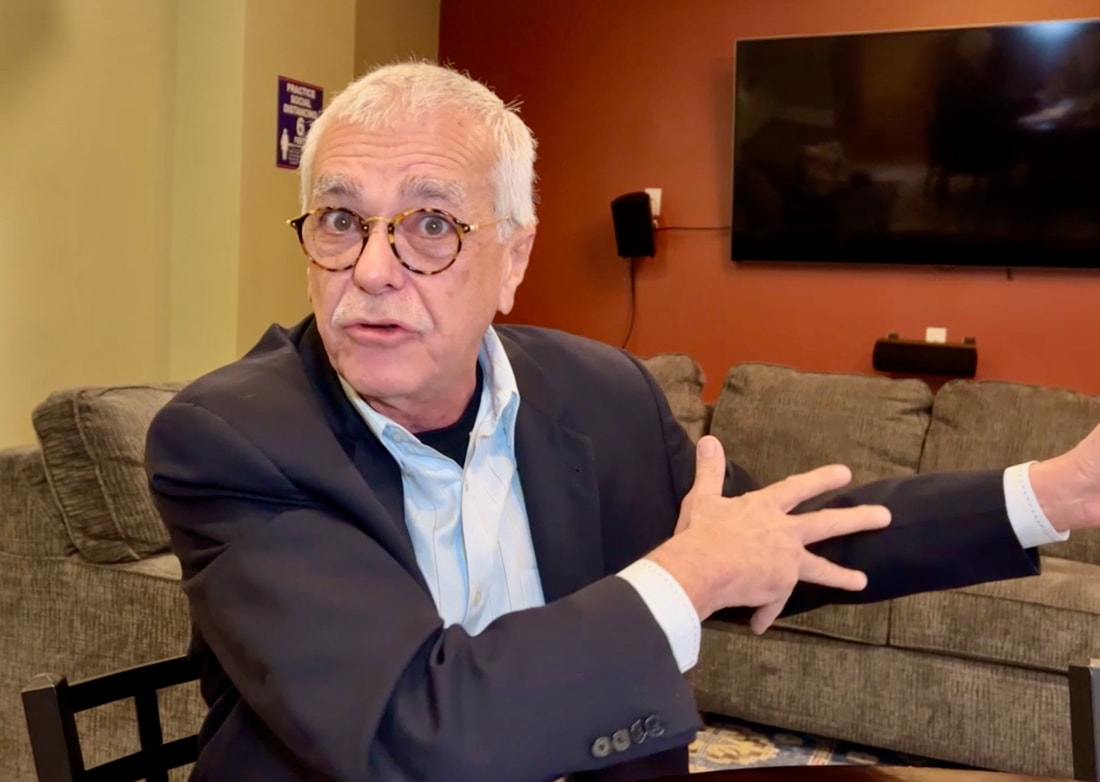30. A Local Celebration That Should Be National
|
By Miguel Pérez
People were shouting "Viva España" and celebrating the great achievements of the Spanish conquistadors in Florida. They were dressing up as Spanish explorers, firing muskets and even cannons, listening to history lectures and attending Catholic masses in recognition that Christianity came to America with much more compassion than history tells us. It was April 2-3 of 2013. In two days and two cities – St. Augustine and Melbourne Beach – people were celebrating the 500th anniversary of the discovery and landing by Juan Ponce de Leon on the flowery land he called "Florida." They were showcasing our normally hidden Hispanic heritage, and there I was, in the middle of it all, thanking the Lord for giving me the opportunity to see it with my own eyes. Borrowing a line from baseball commercials, I kept telling myself, "I live for this." I heard non-Latino politicians, historians and clergy recognizing the contributions of our Spanish ancestors. I heard Spanish government officials expressing gratitude for Florida's "dedication to commemorate and remember the importance of the Spanish contribution to the history of Florida and the United States." I heard them speaking about the assets of diversity, the importance of history and the unfair and negative effects of the Black Legend, that centuries-old campaign by English, French and American writers to minimize the accomplishments of the Spanish explorers and their Hispanic descendants. "We celebrate First America, the genesis of the American culture, where Hispanics and African-Americans and Native American mingled together in this area," said Dana Ste. Claire, one of the celebration organizers in St. Augustine. "We are talking about the birth of the American culture. It happened right here." Instead of the fountain of youth in the nation's oldest city, I had reached the fountain of our Hispanic heritage. Frankly, I must have looked like a total nerd, trying to take notes, photos and videos at the same time. I was trying to interview people who were often walking in different directions, and trying two speak to them in two different languages. But I wanted so much to share what the rest of America was missing. I wanted all my fellow Americans to see Ponce de Leon get the recognition he deserves. I wanted everyone to hear what I was hearing. "First of all, he was most likely the official European discoverer and founder of America," Ste. Claire told a crowd of several hundred people who had gathered around the Ponce de Leon Statue in St. Augustine's downtown bay front. "Yes, we celebrate the founding of Florida — La Florida — by Juan Ponce, but keep in mind, too, that he was the first official European to touch the shores of mainland America." I couldn't help myself. I was the one who shouted, "Bravo!" For several years in my column, I had been arguing that the Quincentennial of our discovery should have been a national celebration because Ponce de Leon didn't just discover the peninsula that is now the State of Florida, but the mainland that is now the United States. So, in two Florida towns we celebrated our country's discovery day, our 500th birthday, and yet the national media didn't pay much attention. Since two cities were competing over the right to claim they are closer to the spot where Ponce the Leon actually landed in 1513, I covered numerous events in Melbourne Beach on April 2 and in St. Augustine on April 3. Both cities hosted commemorative ceremonies, celebrated Catholic masses and held wonderful reenactments of the Ponce de Leon landing. "But why wasn't this Quincentennial of our discovery a national celebration?" I kept asking everyone. "Why is this happening only in two Florida towns?" I got a very realistic response from one of the Melbourne Beach re-enactors: "Many people still don't have a good understanding of our history," said Jose Gueits Romero, who, meticulously dressed as conquistador, spoke in Spanish with a heavy Spanish accent. "Particularly the people in city hall and in the state and federal governments, they still have a lot to learn." Mind you, in both cities, historians, politicians and clergy recognized that there were indigenous people living in Florida before the Spanish arrived, and that the collision of the Spanish and Native American cultures had some negative consequences, especially diseases that wiped out native populations. But they also recognized the many good things that resulted from that encounter, and sometimes they had do it over the screams of a handful of protesters who, in both cities, tried to disrupt the celebrations with blatant displays of ignorance and attacks against our Spanish heritage that bordered on racism. Amazingly, while historical evidence shows that it was the Spanish who were under constant attacks from the Florida natives during Ponce de Leon's first voyage, and while it was the natives who killed Ponce de Leon shortly after arriving on his second voyage, those who still promote the Black Legend held picket signs proclaiming that, "Juan Ponce de Leon and his men are guilty of mass murder, rape and genocide." Although they think of themselves as progressive human rights activists, they were there to showcase their Black Legend-influenced bigotry against our Spanish heritage. Let's face it: It requires a certain degree of stubborn ignorance to accuse Ponce de Leon of committing genocide in Florida, especially while some of the state's most prominent historians were praising his accomplishments. "We are all honored to be alive on an anniversary of this magnitude," Dr. Michael Gannon told a crowd of history buffs who had filled the Immaculate Conception Catholic Church in Melbourne Beach to commemorate the 500th anniversary of Ponce de Leon's discovery of North America. As if he was a field commander rallying his troops, Gannon, "the dean of Florida historians" was distributing ammunition among those who fight to correct American history, especially those who try to dispel the misconceptions about the Spanish explorers who discovered Florida, and in effect, the U.S. mainland. While others were preparing picket signs that would accuse the conquistadors of genocide, Gannon was politely dismantling their ignorance. Of course, Gannon was literately preaching to the choir. In the audience, there were people who take their history so seriously that they were dressed as Spanish conquistadors, people who have spent years on a crusade to get Ponce de Leon and his men the recognition they deserve. Led by Samuel Lopez, a New York Puerto Rican who relocated to Melbourne Beach, these 21st century crusaders — "the Royal Order of Juan Ponce de Leon" - still are valiantly combatting that anti-Hispanic "Black Legend" propaganda that began in the 16th century. On the morning of April 2, it was as if they were getting a pep talk from the ultimate authority on Florida's Spanish history — the Distinguished Service Professor of History at the University of Florida. As if he was anticipating the ignorance that would be displayed by a handful of protesters who picketed celebrations that day, Gannon spoke of the myths and misconceptions about Ponce de Leon. He explained that there is no clear evidence that Ponce de Leon was searching for the mythical Fountain of Youth, that historical records show he "did not wish to do the natives harm," and that he had noble intentions of establishing Spanish settlements and bringing Christianity to North America. He explained that it was Ponce de Leon and his men who were under constant attacks from the Florida natives, that Ponce de Leon "was forced to fight in order to save his men's lives and their boats, oars and weapons," and that upon returning to Florida eight years after his 1513 voyage, Ponce de Leon was driven back into the sea and mortally wounded by the Calusa natives. Of course, in the audience, listening to such vindicating words from such an authority made people like John Ayés burst with pride. After all, Ayés, 67, has traced his genealogical roots and Gannon was talking about his multiple-great-granddaddy. "It's just a wonderful day," Ayés whispered when I asked him to share his sentiments. But he didn't have to say much. He was wearing an impressive Spanish armor that illustrated his "huge pride." Even before protesters began shouting, Gannon had made it clear that the violence came from the natives. "No cause for the natives' violence is given in the record (of Ponce de Leon's voyage)," he said. "Whether it was provoked by earlier mission of slaving expeditions, or by the natives' own long tradition of intertribal warfare, or by simple fear of these strange creatures from another world." Even before protesters could question why the Spanish are credited with "discovering" a land that already was occupied by natives, Gannon was giving his troops a new Spanish Armada with which to defend our Hispanic heritage. "I would suggest that we say that Juan Ponce's voyage constituted the first known, or documented, discovery of Florida," he said. All over Northeast Florida, those who still promote the Black Legend were grossly outnumbered by those who insisted that they were indeed commemorating a great discovery. "It was the first time that the Old World European cultures met the New World indigenous folks," said Ste. Claire as he opened the April 3 ceremonies in St. Augustine. "Neither one of them knew the other one was on the other side of the planet." In both Melbourne Beach and St. Augustine, many of the celebrants acknowledged that the clash of Spanish and Native American cultures had many negative consequences, especially diseases that decimated native nations. But they also recognized the many positive results of the encounter between Europe and North America. And they refuse to judge the people of the 16th century by the moral and human rights standards of the 21st century. "We are not here to celebrate the unfortunate consequences of that meeting," added Ste. Claire. "Because, yes it did, it led to the decimation of Native Americans, many sophisticated cultures and societies that lived here. But it also represented — in a moment and a day — a time when the world changed forever, when Old World and New World came together, and it's never been the same since. So we are here to commemorate this very important day in world history." Sometimes having to shout over the interventions of protesters, Ste. Claire noted that, "while it is the case that some may not want to participate in our ceremony, or understand it, there are a number of things that we do want to celebrate." To hear white folks speaking this way, and many more white folks applauding, well, sometimes I thought I was dreaming. Does this only happen every 500 years? While others were mispronouncing "Viva Florida," I was happy to see them trying to put two Spanish words together. In a special Mass at the Cathedral Basilica of Saint Augustine, the oldest church in Florida, parishioners were reminded that Franciscan missionaries were the first civil rights leaders of the New World and that among Spain's unique gifts to America was Christianity. "Spain brought many gifts in the aftermath of Juan Ponce de Leon's landing in this territory," said homilist Rev. Robert J. Baker, Bishop of Birmingham. Ala. "But from the church's standpoint, its greatest gift was the faith." Everywhere I turned, America's hidden Hispanic heritage was being exposed. I was surrounded by people who think as I do. Sometimes it was if I was listening to myself speak, especially when I met historian and navigator Douglas T. Peck. "Ponce de Leon was the most important explorer after Columbus," Peck told me. "But you wouldn't get that from your history books. They report him as just another conquistador who was only interested in gathering slaves and finding gold. He wasn't interested in either one. He was an immensely wealthy man ... He didn't need slaves or gold, and yet that's what is taught in our schools today. It's sad." Of course for Lopez, and the Royal Order of Juan Ponce de Leon, getting both Gannon and Peck to speak at their April 2 events was a huge coup, especially since these two top historians now agreed that Ponce de Leon landed in Melbourne Beach instead of St. Augustine. To explore that subject further, I went back to Florida nine months later. And that's the subject of Chapter 42: Marking American Birthplace. Parts of this article draw from two columns written for the Creators Syndicate: “The Fountain of Our Hispanic Heritage” on April 9, 2013; “The Reconquest of American History,” on April 16, 2013 |
Ponce de Leon Reenactments
|
Melbourne Beach: |
St. Augustine: |

